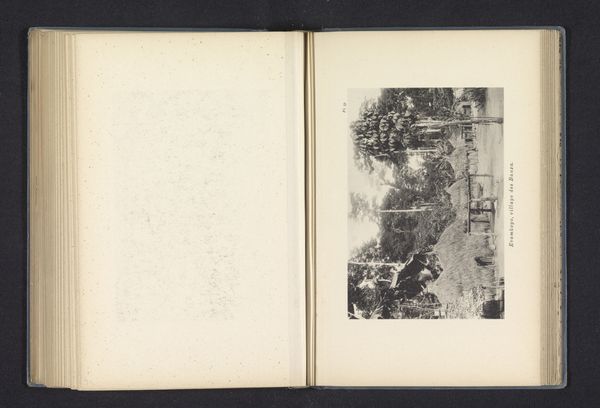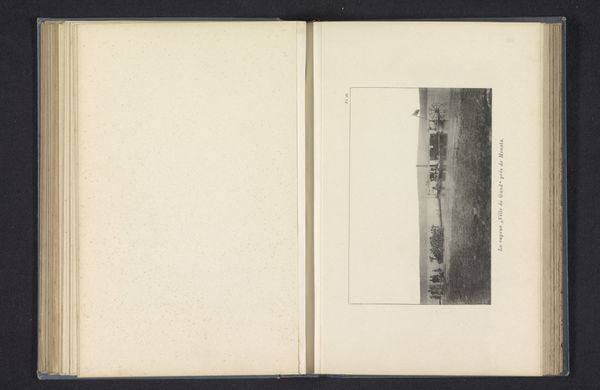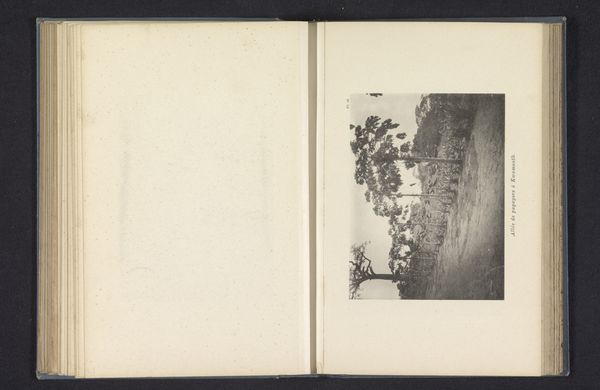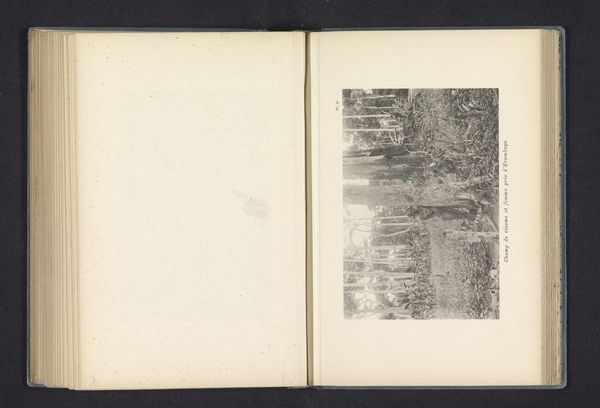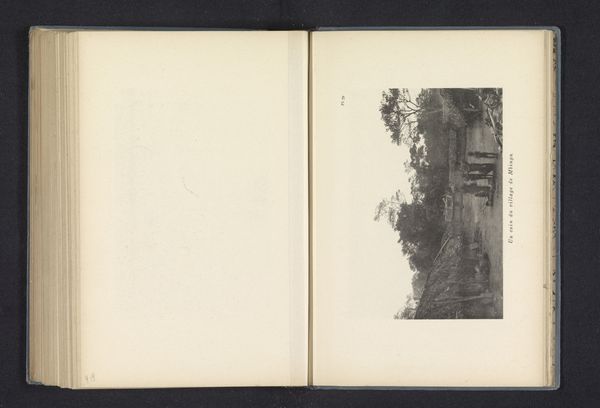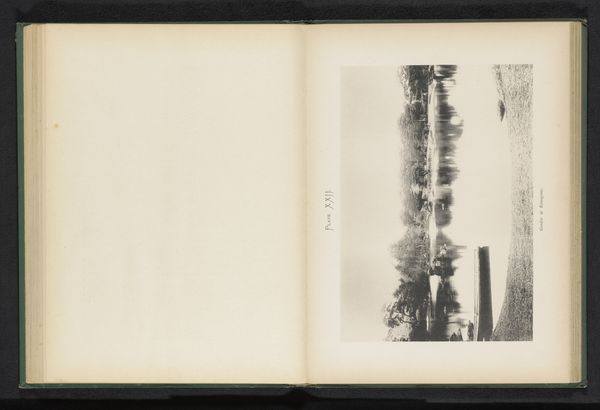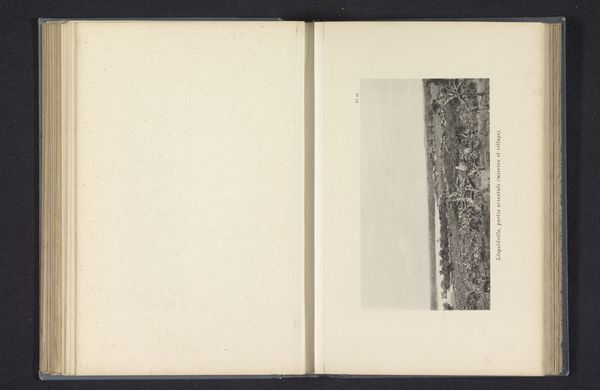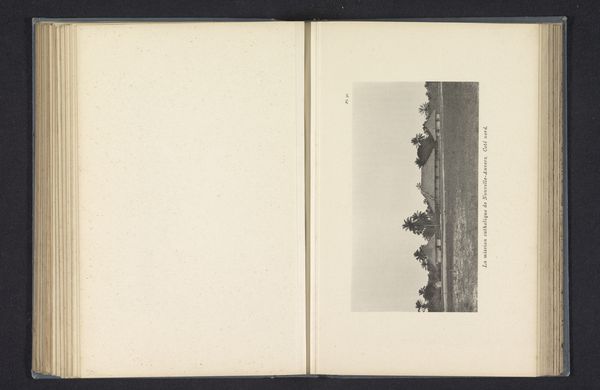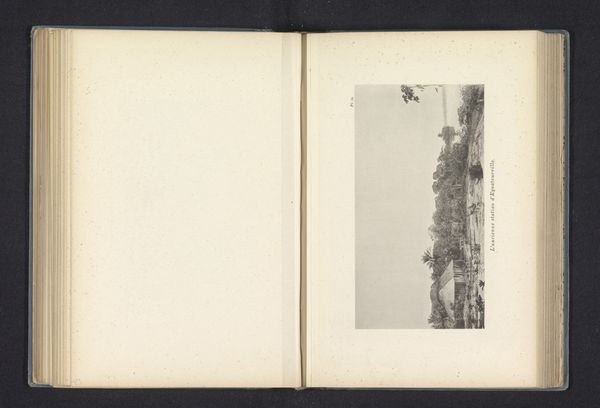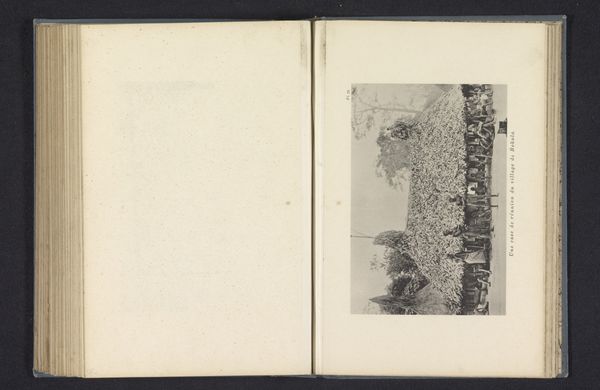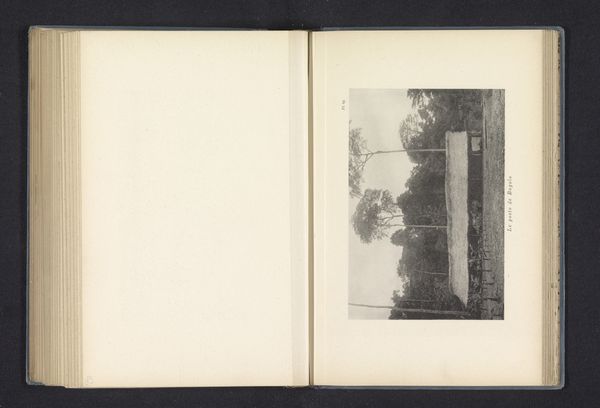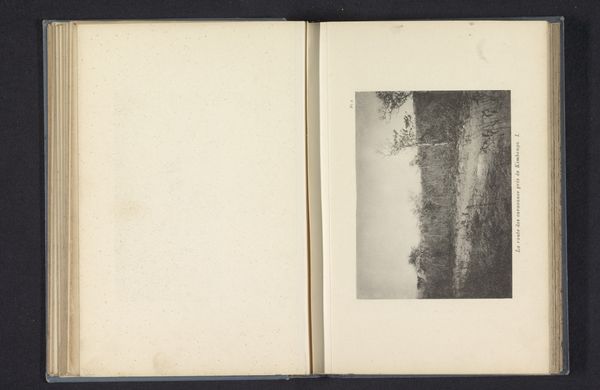
print, photography, albumen-print
#
african-art
# print
#
landscape
#
photography
#
orientalism
#
cityscape
#
albumen-print
#
building
Dimensions: height 93 mm, width 145 mm
Copyright: Rijks Museum: Open Domain
Editor: So, here's "Woningen te Akula," a photograph, an albumen print actually, taken by Franz Thonner in 1896. It depicts a cityscape in what seems to be Africa, quite serene almost, but also very…contained. What do you see in this piece, especially considering the time it was created? Curator: This albumen print immediately evokes for me the complexities of colonial-era representation. Think of the "albumen" itself – an organic substance used to capture this "snapshot" of Akula. What emotional resonance does that choice of medium convey, considering the subject? The very act of photographing a 'native' settlement and turning it into an artifact carried layers of meaning. Editor: So it’s not just a picture, it's loaded with intention? Curator: Precisely. It operates almost like a visual trophy, freezing a moment in time, claiming a visual understanding, but inherently projecting the viewer's biases and preconceptions. The symbolism in that architectural arrangement and the life it implies were potent indicators to Thonner’s contemporaries and continue to challenge us now. Editor: So, beyond the purely aesthetic or documentary aspects, the image functioned as a sort of cultural shorthand? Curator: It did. Consider the artistic trend of Orientalism, so present here. How much does this work reflect that gaze, interpreting Akula through a lens of exoticism? Does the photograph offer insight or just reiterate prevailing assumptions about life in Africa at the time? Editor: I guess it is about unraveling what the image *does*, and how we’ve changed since its creation. Curator: Exactly, a reflection not just of Akula, but of ourselves and our continuous cultural memory through symbolic images. Editor: Fascinating. I see it very differently now. Thank you.
Comments
No comments
Be the first to comment and join the conversation on the ultimate creative platform.

